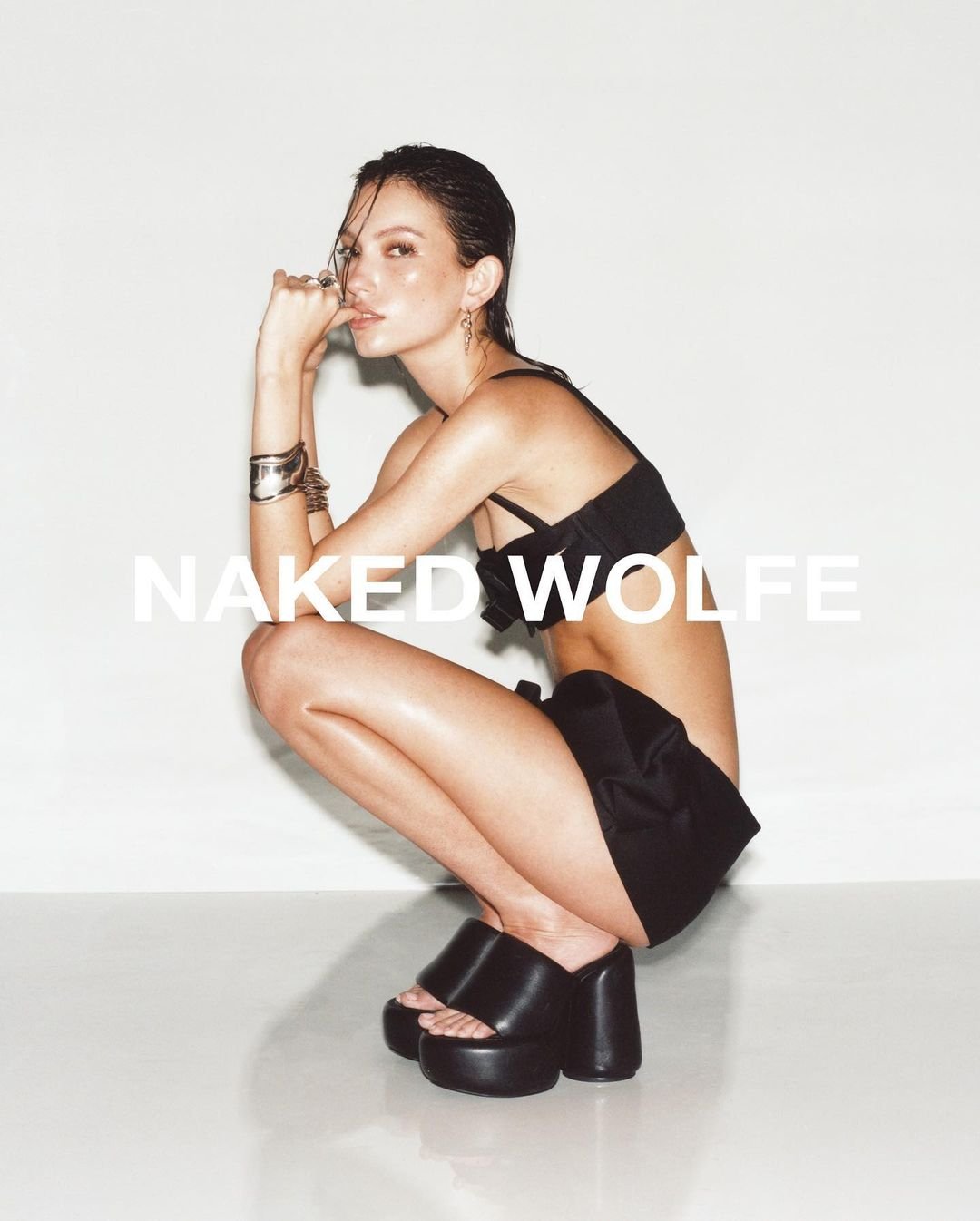

Pattern Trade Marks in Fashion. The EU General Court Deny Louis Vuitton’s White-and-Blue Damier Azur Trade Mark Claim of Acquired Distinctiveness
In an EU decision given today, the General Court has denied Louis Vuitton’s trade mark claim of acquired distinctiveness through use of ‘Damier Azur’ pattern. Providing more insight into the landscape of non-conventional trade marks in fashion.

A New Legal Precedent? UK High Court Recognises NFT's as 'Property'
In a landmark ruling the UK High Court has recognised NFT’s as property, in what could be set to become a leading judgment for NFT rights holders. The case brought by Lavinia Deborah Osbourne, arose when in January 2022 Osbourne, the founder of Women in Blockchain Talks, had two of her purchased NFT artworks from the popular Boss Beauties collection, a series of 10,000 NFTs representing diverse successful career women.

Louboutin Loses Red Sole Litigation in Japan
Christian Louboutin filed a complaint against the Eizo collection, a Japanese footwear manufacturer founded in 1959 that started to sell a red coloured rubber sole on a women’s - alleging that the manufacture, exhibition and sale of seven types of shoes with a red (rubber) soles by Eizo Collection infringed the brand’s intellectual property right. In a judgement that was handed down last month, The Tokyo District Court has decided that the red sole of "Louboutin" is a "general design".


Cartier is suing Tiffany & Co for allegedly stealing confidential info and 'High Jewelry' trade secrets
Cartier has bought a lawsuit against Tiffany & Co (in a New York Federal Court) for trade secrets claiming that “Cartier has not only uncovered direct evidence of a former employee’s unlawful taking of Cartier’s valuable confidential information and trade secrets, but through determined investigation, Cartier has also opened a window into Tiffany’s disturbing culture of misappropriating competitive information.”
